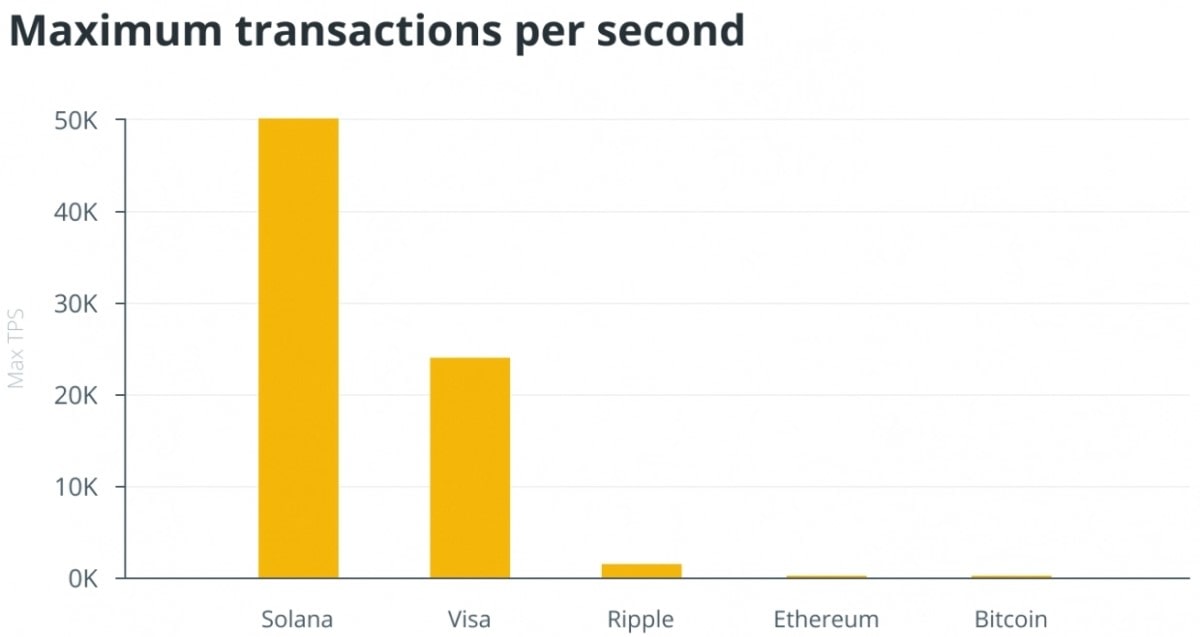
And it has the cash reservoirs to wage a vigorous defense this time around.īut Bloomberg’s own history shows that it is not easy to maintain a profitable market position like the one it has held for more than two decades. In the 10 years before the financial crisis, the number of terminals grew at an average rate of 12 percent each year, with most companies signing on for multiyear contracts.īloomberg has sustained several challenges to its dominant market position, fending off smaller competitors hoping to bite off a corner of its business. The number of Bloomberg terminals grew only 1.9 percent, to 325,000, last year. A Bloomberg contract, which can be upward of $100 million at larger institutions, is a tempting target to whittle down. The financial industry is in the middle of an aggressive run of cost-cutting as it grapples with new regulations and changes in the markets. Last week, dozens of Bloomberg journalists were laid off as part of a broader effort to reconfigure how journalism fits into the company.Īll service providers for Wall Street, not just Bloomberg, are unusually vulnerable at the moment. Bloomberg has been retaking the reins of the company and pushing to refine its focus.

Bullock, who owns Arque Advisors.Ī spokesman for Bloomberg said the company had no comment on its competitors.Īfter more than a decade as New York’s mayor, Mr. “Everybody that I talk to says, ‘Hey, I’ve got to try this thing because I don’t like paying $25,000 for a Bloomberg,’ ” said Mr.

Bullock, a former Lehman Brothers executive who now runs his own financial advisory firm, says that since signing up for Money.Net last year and canceling his Bloomberg terminal, he has found interest when he mentions the service to his banker friends, particularly when he explains that it costs one-twentieth what a Bloomberg terminal costs.
Bloomberg terminal fee software#
Later this month, a start-up called Symphony, created by Goldman Sachs and backed by the large banks, is introducing software that provides an alternative to what many traders say is the most valuable part of the Bloomberg terminal - the chat program used by traders and investors.Īt Goldman, more than half of the people who have Bloomberg terminals use them primarily for chat and other simple functions, according to people briefed on the subject who were not authorized to speak publicly.Īt the same time, Money.Net, a start-up that has been built by a former top Bloomberg executive, is looking to challenge Bloomberg head-on and is gaining momentum and stealing away customers.ĭavid G. Bloomberg has fended off competition before, but the latest upstarts are gunning for the company at a time when Wall Street is already aggressively looking to cut its spending on Bloomberg terminals. Now that golden egg - and all that it pays for - is a target for new competitors looking to knock it from its dominant position.

In knitting together the world of finance, those $21,000-a-year terminals have generated billions of dollars for Bloomberg L.P., almost single-handedly paying for the company’s journalistic ambitions, as well as the fortune, political career and philanthropic largess of its founder, Michael R. For nearly three decades, the flickering orange-on-black screens of the Bloomberg terminal have been omnipresent on Wall Street trading floors and executive suite desks, maintaining a vital lifeline of data and communication.


 0 kommentar(er)
0 kommentar(er)
